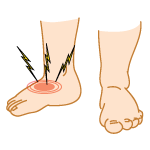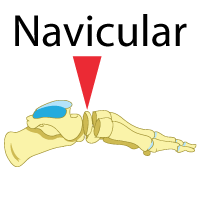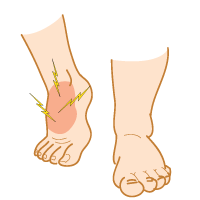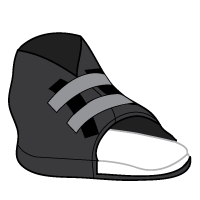 What is Kohler’s Disease?
What is Kohler’s Disease?
Kohler’s Disease occurs when the blood vessels and nerves in the arch of the foot become compressed, causing the tarsal navicular bone in the foot to lose some of its blood supply. This is a rare condition that affects children between the ages of 6 and 9. Kohler’s Disease usually occurs in one foot rather than both.
 Causes
Causes
Though the exact cause of Kohler’s Disease is not known, it usually develops when the tarsal navicular bone (located in the arch of your foot) becomes compressed between other bones in the foot. Because the tarsal navicular bone is the last of the tarsal bones to harden (or ossify), it can become compressed between other bones as the child gains weight and more pressure is put on the feet. It is more common amongst children who are active in sports that involve running and jumping.
Signs & Symptoms
Signs and symptoms of Kohler’s Disease will be noticed in the arch of the foot and include:
- Pain
- Swelling
- Tenderness
The child may also be limping and may not want to put any weight on the affected foot. The pain will likely not always be present and may worsen with physical activities such as walking, running and jumping. In many cases, the symptoms of Kohler’s Disease are thought to be caused by an infection, so this condition is often misdiagnosed.
 Treatment Options
Treatment Options
In most cases, Kohler’s Disease will go away by itself with time. If the child is experiencing pain, this can be treated with children’s NSAIDs (non-steroidal anti-inflammatory drugs) and rest.
The child should try to avoid putting too much weight on the affected foot. Older children can use crutches.
Other treatment options include heel wedges (to take some of the weight off the arch) and walking casts.